A common problem in hardwood floors is the appearance of hollow spots. These can be caused by several things, such as water damage, improper installation, or even just normal wear and tear. If you’re dealing with this issue in your own home, don’t worry there are several ways to fix it.
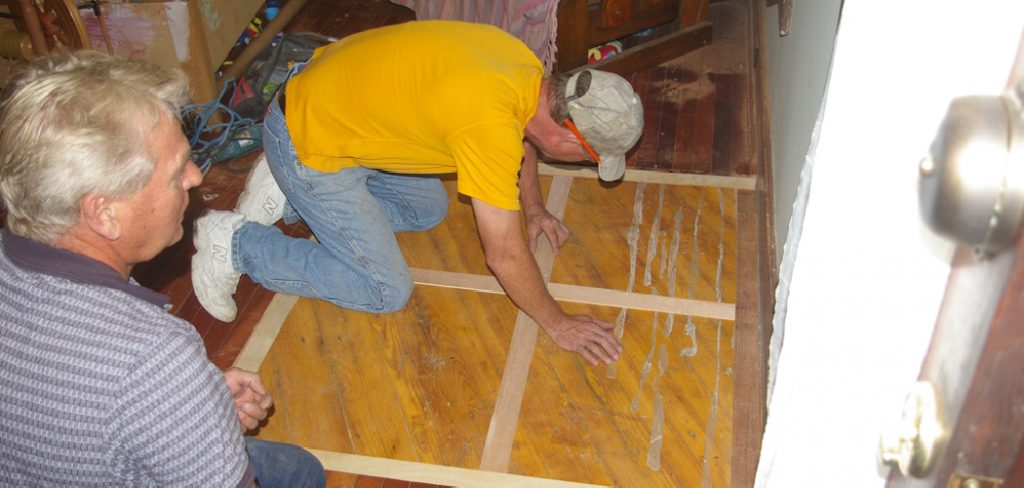
In this blog post, we’ll go over some of the most common methods for how to fix hollow spots in hardwood floors. We’ll also discuss each method’s pros and cons so you can decide which one is best for your situation. So read on for all the info you need to fix those pesky hollow spots on your floor!
8 Reasons That Causes Hollow Spots in Hardwood Floors:
1. Improper Installation
Hollow spots in hardwood floors are often caused by incorrect installation. If your floor wasn’t installed properly, it could cause all sorts of problems in the future, including hollow spots. Be sure to have your floor installed by a professional who knows what they’re doing.
2. Water Damage
Water damage can cause your hardwood floors to warp and develop hollow spots. To avoid this, keep your floor dry and clean at all times. If you do notice any water damage, be sure to contact a professional right away to have the damage repaired.
3. Normal Wear and Tear
Even the best floors will show signs of wear and tear over time. This is normal. However, if you notice an abnormal amount of wear and tear, or if the hollow spots seem to worsen, you should call a professional.
4. Poor Quality Flooring
If you’ve bought a cheap floor, you may have gotten what you paid for. This is especially common with engineered hardwood floors, made of thin layers of wood glued together. If the glue isn’t applied properly or the wood is of poor quality, it can lead to hollow spots.
If your floor is still under warranty, you may be able to get it replaced. Otherwise, you’ll need to replace the boards causing the problem. This is a fairly easy job if you’re handy with tools, but it’s best to hire a professional if you’re uncomfortable doing it yourself.
5. Insect Damage
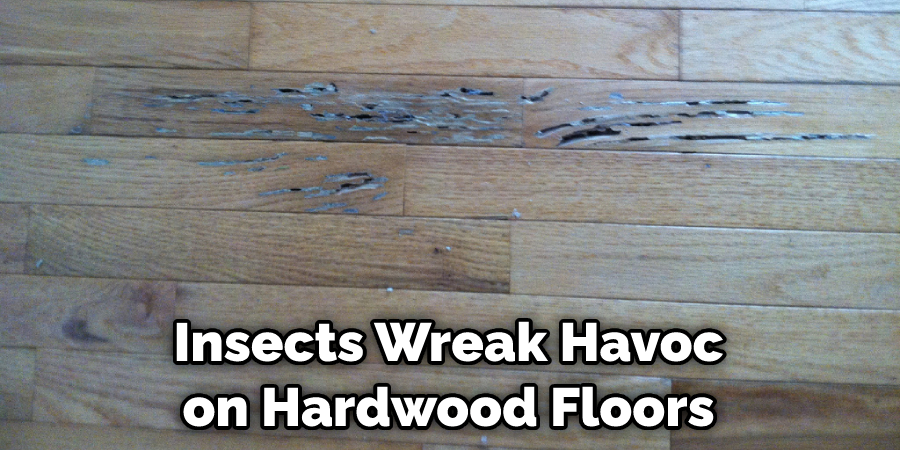
If you think you may have an insect problem, it’s best to call in a professional to take care of it. Termites and other insects can wreak havoc on your hardwood floors, causing hollow spots and other damage. Don’t try to treat the problem yourself, as you could end up making it worse. When in doubt, always err on caution and call in a professional.
6. Expansion and Contraction
The boards of hardwood floors can warp and develop hollow spots when the temperature or humidity changes. To prevent this from happening, it is best to keep the temperature and humidity in your home consistent. If you live in an area with extreme weather conditions, you should install hardwood floors that are engineered to be more stable in fluctuating temperatures and humidity levels.
7. Poor Maintenance
If you don’t take care of your hardwood floors, they will start to show signs of wear and tear. Regularly sweep and vacuum your floors to remove dirt and dust. It would be best if you also mopped your floors with a damp cloth or mop to remove any spills or stains. If you have pets, be sure to trim their nails regularly to prevent them from scratching the floors.
8. Problem in the Adhesive:
The problem with the adhesive is one of the reasons for hollow spots in hardwood floors. If not installed correctly, your floor might warp and develop hollow spots. You can check if the adhesive is of good quality by visiting the store from where you purchased it or by checking its reviews online. Also, make sure to hire a professional to install your hardwood floors so that they last longer.
10 Effective Ways How to Fix Hollow Spots in Hardwood Floors:
1. Use a Floor Patch:
If the hollow spots on your hardwood floors are small, you can use a floor patch to fix them. Floor patches are available at most hardware stores and home improvement centers. To use a floor patch, apply it to the hollow spot and then sand it smooth.
2. Use a Wood Filler:
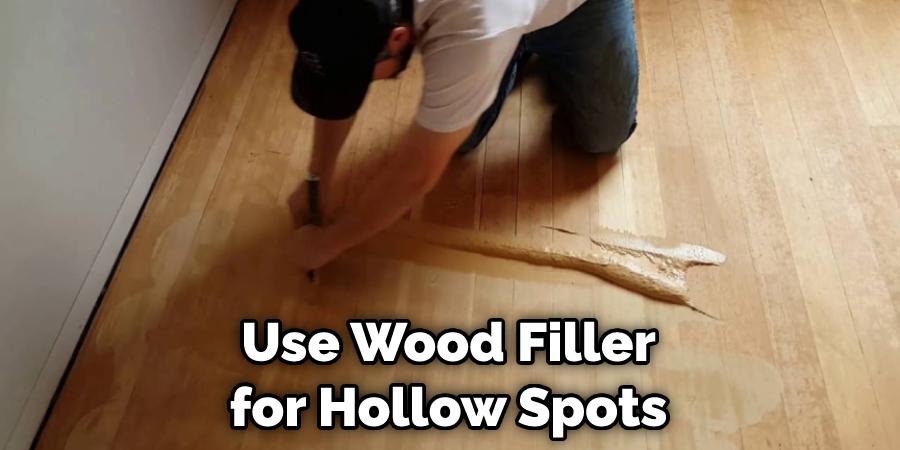
If the hollow spots are small and not too deep, you can try filling them in with a wood filler. Be sure to use a color-matched filler to be less noticeable once it dries. When the wood filler is dry, sand it down until it is flush with the rest of the floor. If you think the filler will be too noticeable, you can try staining it to match the floor better.
3. Use a Hardwood Floor Patch:
If your hardwood floors have small hollow spots, you can use a hardwood floor patch to fix them. You can find these patches at most hardware stores. Follow the package instructions and apply the patch to the hollow spot. Once it dries, you should sand it down so it is level with the rest of the floor.
4. Flattening the Substrate:
If the hollow spots are due to an uneven substrate, you may be able to fix them by flattening the area. You can use a floor or hand sander to sand down the high spots. Be sure to vacuum up any dust afterward so it doesn’t get trapped under your flooring. When flattening the substrate, be careful not to sand too much off the high spots, or you’ll end up with an uneven floor.
5. Filling the Hollows:
Once the hollows are sanded down, you can fill them in with a wood filler. Be sure to choose a filler that matches the color of your flooring. Once the filler is dry, sand it down until it’s level with the rest of the floor. When the area is completely sanded, you can apply a new coat of finish.
6. Repairing Large Hollows:
If the hollow is too large to be filled with wood filler or putty, you will need to replace the damaged boards. You will first need to remove the damaged boards. You will need to use a pry bar and a hammer to do this. Start by gently prying up the board at one end.
Then, work your way along the length of the board until it is free. Once the board is removed, use a saw to cut a new piece of wood to fit the space. Ensure that the new piece of wood is the same thickness as the old one. Finally, attach the new piece of wood to the rest of the floor using nails or screws.
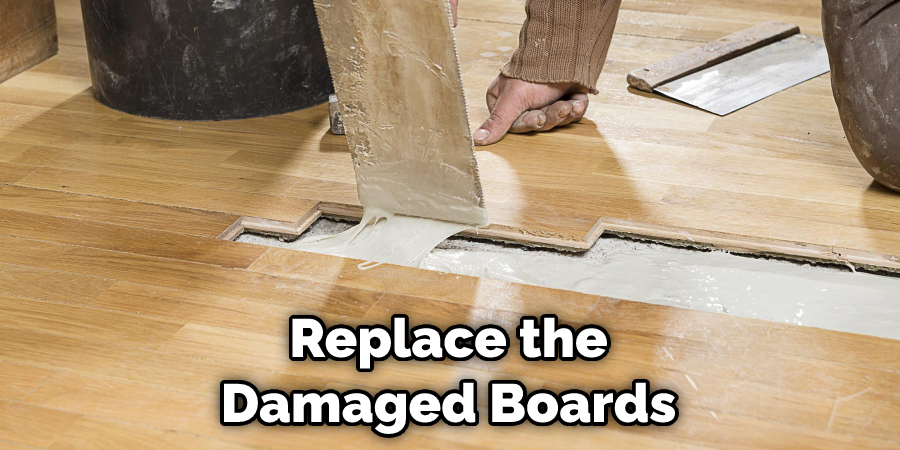
7. Applying a New Finish:
Once the hollows have been repaired, you will need to apply a new finish. This will help protect the repair and make it less noticeable. Be sure to choose a finish matching your floors’ existing finish. When the new finish is applied, it will likely be darker than the surrounding area. You may need to apply several coats to get an even color.
8. Refinishing the Floors:
If the hollows are too deep or numerous, you may need to refinish the floors. This will require sanding down the floor’s surface and then refinishing it. You will need to rent a sander and have the appropriate safety gear, including a dust mask. The entire process can be time-consuming and messy, so it is best to hire a professional if you do not feel comfortable doing it yourself.
You Can Check It Out To Fix Cupping Wood Floor
9. Remove the Wood Flooring:
If the wood flooring is severely damaged, you may need to remove it and start from scratch. To do this, gently remove the boards from the floor using a pry bar. Be careful not to damage the surrounding flooring. Once the boards are removed, inspect the subfloor for any damage. If necessary, repair or replace the subfloor before installing new flooring.
10. Sealing and Finishing:
After the filler is dry, you’ll need to seal and finish the floor. This will protect the wood and make it look its best. Again, you can use various products for this, including polyurethane, lacquer, and varnish.
Just make sure you choose one that is compatible with the type of finish your floor already has. You’ll also need to decide whether you want a glossy or matte finish. In general, you’ll need to apply several coats, allowing each one to dry thoroughly before moving on to the next. Once the final coat is dry, your floor will be ready for use.
You Can Check It Out to Fix Wood Paneling Walls
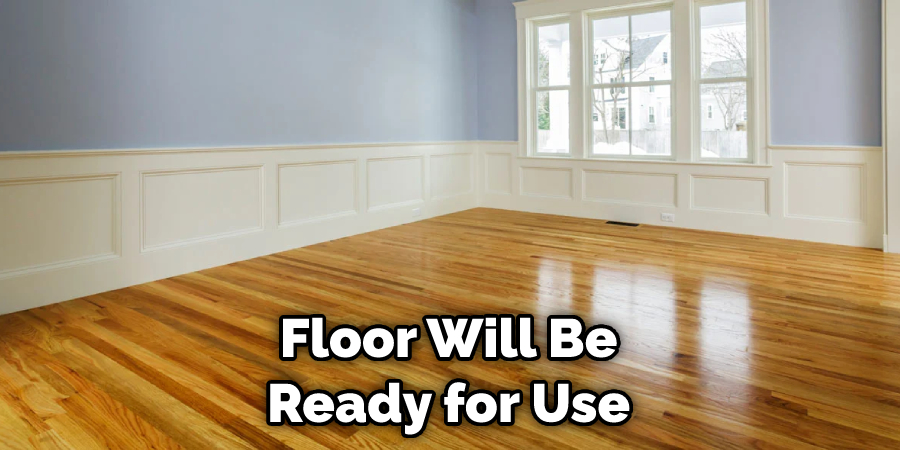
Conclusion
In conclusion, if you are experiencing hollow spots in your hardwood floors, there are several possible solutions that you can try. We have outlined some of the most common methods in this article on how to fix hollow spots in hardwood floors.
If you are unsure which solution is best for your specific situation, it is always advisable to consult a professional before starting any repairs. Thanks for reading, and we hope that this information was helpful!
You May Also Read: How to Fix Hollow Tiles Before Grouting
